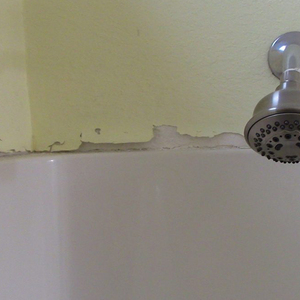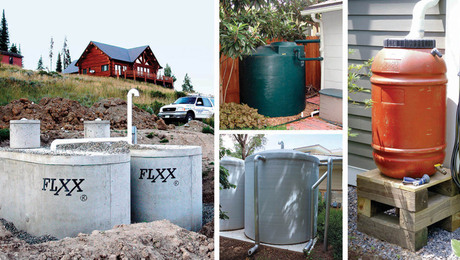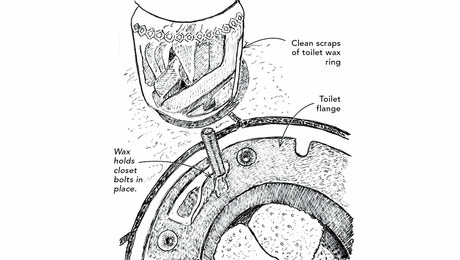Shower-Door Sampler
Sliding, swinging, or bifold, we review your choices when selecting a new shower door.

Synopsis: There are numerous ways to contain shower overspray. A premade sliding door used to be the only option, but now manufacturers can make a custom-looking piece without the custom price tag in as few as five days. What this means for you is a greater selection of doors to choose from—sliding, swinging, bifold, curved, neo-angle, shower shields—but also a more complex decision-making process. In this article, writer Matthew Teague explores the most popular door options, their strengths, their weaknesses, general costs, and caveats.
More often than not, the shower door is the first thing you notice when you walk into a bathroom. Unfortunately, this first thing you see is most often the last thing considered in a bathroom’s design. Choosing a shower door might not be the first design decision made, but its prominence within the space demands that it ought not be left for last. Whatever type of shower you have — a simple tub enclosure or an expansive tiled-in shower room — there are numerous ways to contain shower overspray, and it pays to explore all the options.
Ten years ago, the bulk of the market consisted of premade stock doors, many of them sliders. However, the market has shifted, and the attention on custom designs is greater than ever. Manufacturers have responded by creating efficient production methods, which demand a lead time as short as five days to make a custom-looking piece without the custom price tag. What this means for you is a greater selection of doors to choose from, but also a more complex decision making process. Here, I’ll save you some of the trouble and explore the most popular door options, their strengths, their weaknesses, general costs, and caveats.
Select an operating style that fits the bathroom layout
While sliding and swinging doors are the most common styles, bifold, curved, and neo-angle designs also have their place. Armed with the footprint of the shower and the height requirements, your first step is to figure out what type of operating style suits your bathroom best. In general, the larger the shower, the more enclosure options you’ll have. In small bathrooms, you’ll be limited to doors that need little space when they’re opened and closed.
Shower doors may vary, but materials don’t
No matter what type of door you choose, you’ll find that they’re all constructed of similar materials. Shower doors and surrounds are made of some type of safety “glass” — plastic, glass, or a combination of the two. Plastic is the least expensive “glass” option, but it comes at a cost. Plastic is easily scratched, and it tends to display wear and tear much more prominently than true glass.
Although there’s no industry standard, shower doors range in thickness from 3⁄16 in. up to 1⁄2 in. Thick glass panels offer a more substantial look and evoke a greater sense of quality, especially in frameless designs. However, thick glass, which can increase overall costs, requires hardware engineered to handle lots of weight.
Glass can be purchased in a range of styles: clear, tinted or colored, textured or patterned, sandblasted or custom-etched. Trying to keep clear-glass doors clean, however, has scared away many buyers. In just the past few years, manufacturers have begun treating clear doors with a coating, such as Basco’s Aquaglide, which works much like Rain-X to make cleaning easier and less frequent.
For more photos and details, click the View PDF button below:


























